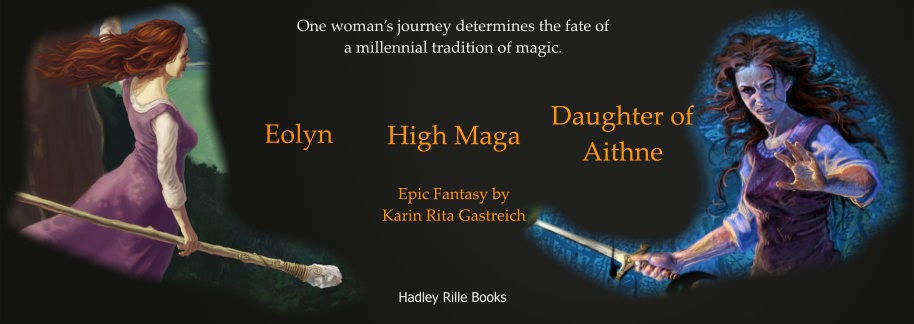 I'm just going to check in this week -- no particular reflections to offer on EOLYN this time around. I am wrapping up my field season at Las Cruces, so I'm busy with packing and such, taking that last hike through the woods, caught between the sadness of leaving and the wonderful anticipation of going home.
I'm just going to check in this week -- no particular reflections to offer on EOLYN this time around. I am wrapping up my field season at Las Cruces, so I'm busy with packing and such, taking that last hike through the woods, caught between the sadness of leaving and the wonderful anticipation of going home.Some little news bits:
The Dead Horse Society will have a public reading at the Writer's Place in Kansas City on September 11, 2010, starting at 6:30pm. I'll be participating, along with nine other great speculative fiction writers from the Kansas City area. If you're in town, please stop by for a listen!
This year I'm attending World Fantasy Con for the first time. That will be in Columbus, OH, October 28-31. I've heard great things about this conference and am really looking forward to it. My editor Eric T. Reynolds is working to put together a reading table for Hadley Rille authors, so hopefully I'll have a chance to share some of EOLYN there as well.
At Las Cruces this summer, in addition to supervising three students who have completed very nice research projects, I finished up my own edits on the manuscript for EOLYN. Right now, it's in Eric's hands, and will also be read by author Terri-Lynne DeFino, before it comes back to me with some final suggestions for tweaks and changes.
Another gift of Las Cruces: I've penned about five chapters now of the sequel to EOLYN, some in better shape than others, but all very solid and exciting. I'm really looking forward to the adventure of this new novel. It's a great feeling to be working on another project with these characters whom I've come to know and love; and challenging to explore new characters or old characters with new stories to tell; and fun to see that Eolyn's story -- and my story with her -- is not over yet.
So, those are my news briefs. Tomorrow I travel all day from Las Cruces to San Jose, where I'll spend a day packing and saying goodbye to friends and family before I fly home to Kansas City on Thursday. Oh, I will miss this place. But it will also be good to be home.
Today's photo is one of my favorites from this summer. I can't tell you what this buttefly is, but we found it along the Rio Java during our last hike yesterday. It was very patient and cooperative while I took the photos. Butterflies area a great symbol of growth and transformation, and the stages of their lives -- egg, larvae, pupae, adult -- are often likened to the stages of the creative process. I'd say the novel EOLYN right now is in the pupal stage. The sequel has officially hatched and is now a (very hungry) first instar larvae. Me and my entomology geek metaphors...




